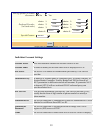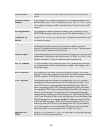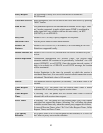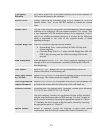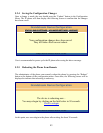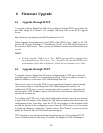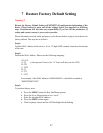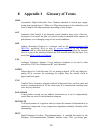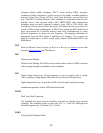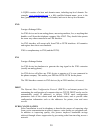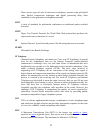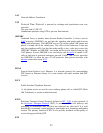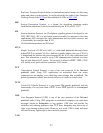
53
Real-time Transport Protocol defines a standardized packet format for delivering
audio and video over the Internet. It was developed by the Audio-Video Transport
Working Group of the IETF and first published in 1996 as RFC 1889
SDP
Session Description Protocol, is a format for describing streaming media
initialization parameters. It has been published by the IETF as RFC 2327.
SIP
Session Initiation Protocol, An IP telephony signaling protocol developed by the
IETF (RFC3261). SIP is a text-based protocol suitable for integrated voice-data
applications. SIP is designed for voice transmission and uses fewer resources and
is considerably less complex than H.323.
All Grandstream products are SIP based
STUN
Simple Traversal of UDP over NATs, is a network protocol allowing clients
behind NAT (or multiple NATs) to find out its public address, the type of NAT it
is behind and the internet side port associated by the NAT with a particular local
port. This information is used to set up UDP communication between two hosts
that are both behind NAT routers. The protocol is defined in RFC 3489. STUN
will usually work good with non-symmetric NAT routers.
TCP
Transmission Control Protocol, is one of the core protocols of the Internet
protocol suite
. Using TCP, applications on networked hosts can create
connections to one another, over which they can exchange data or packets. The
protocol guarantees reliable and in-order delivery of sender to receiver data.
TFTP
Trivial File Transfer Protocol, is a very simple file transfer protocol, with the
functionality of a very basic form of FTP; It uses UDP (port 69) as its transport
protocol
.
UDP
User Datagram Protocol (UDP) is one of the core protocols of the
Internet
protocol suite
. Using UDP, programs on networked computers can send short
messages known as datagrams to one another. UDP does not provide the
reliability and ordering guarantees that
TCP does; datagrams may arrive out of
order or go missing without notice. However, as a result, UDP is faster and more
efficient for many lightweight or time-sensitive purposes.
VAD



